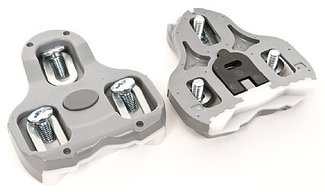Cleat Installation
Installing cleats on your bike shoes is generally a straightforward process, but it can be helpful to keep a few things in mind while you're working.
Installing cleats on your bike shoes is generally a straightforward process, but it can be helpful to keep a few things in mind while you're working.
